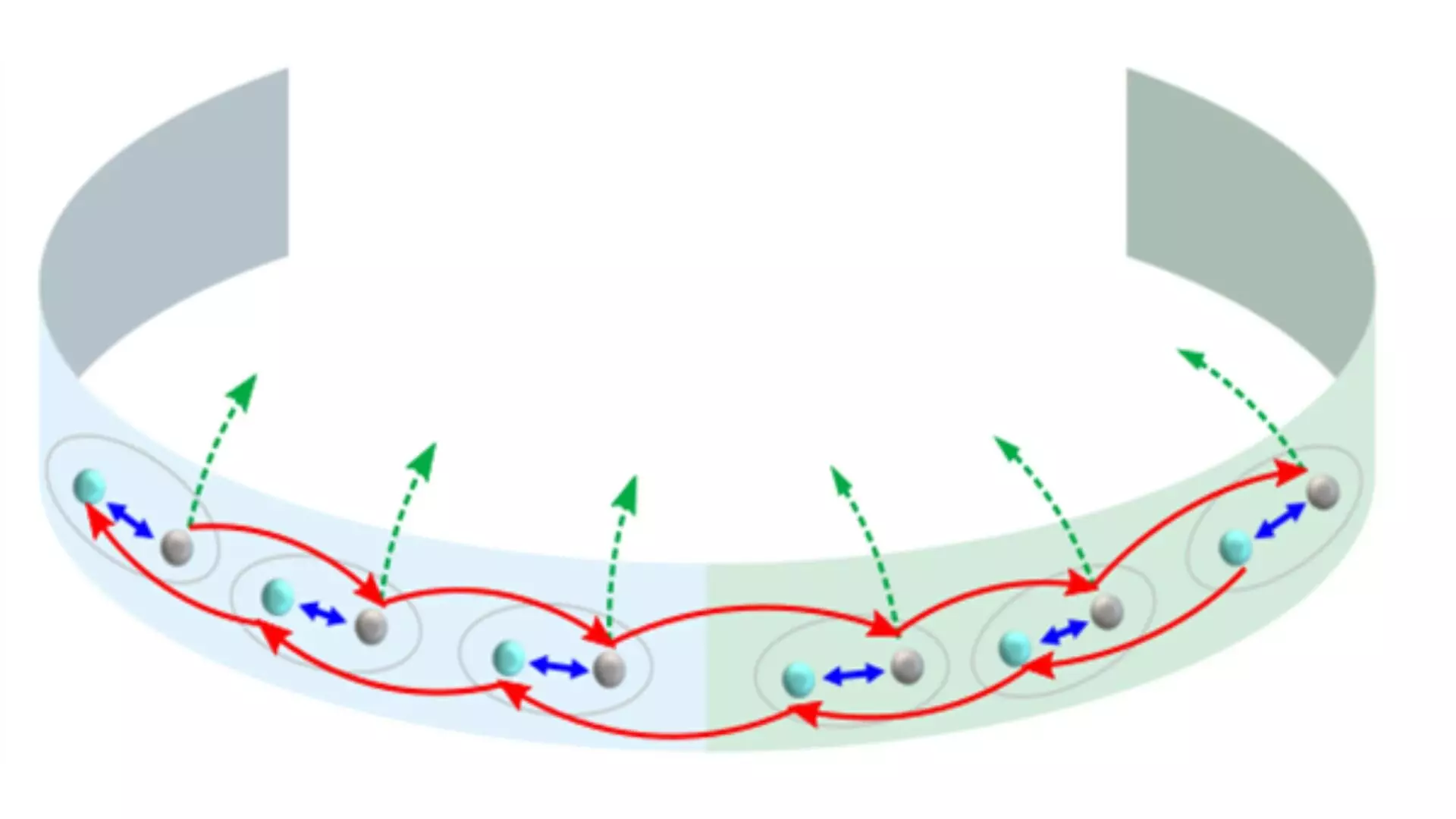Non-Hermitian systems have garnered significant attention due to their distinct properties that differ from traditional Hermitian systems. These systems play a crucial role in understanding real-world phenomena characterized by dissipation, interactions with the environment, or gain-and-loss mechanisms. The recent Physical Review Letters study showcased the experimental observation of a non-Hermitian edge burst in quantum dynamics using a meticulously designed photonic quantum walk setup.
One of the key aspects of non-Hermitian systems is the non-Hermitian skin effect (NHSE), where unique behavior manifests at the edges or boundaries of the system. This effect, coined by Prof. Wang in an earlier study, has sparked curiosity among researchers like Prof. Yi, Prof. Wang, and Prof. Xue, who were motivated to explore dynamic phenomena with extreme sensitivity to boundaries in non-Hermitian systems.
In non-Hermitian systems, operators do not equate to their Hermitian conjugates, leading to complex eigenvalues and distinctive phenomena such as the NHSE. Unlike Hermitian systems, where bulk properties dominate, NHSE highlights the accumulation of eigenstates at the edges or boundaries of the system. Previous studies predominantly focused on static conditions, but this research delved into how edge dynamics evolve over time, offering valuable insights into real-world systems where the Hamiltonian changes with time.
The researchers utilized a one-dimensional quantum walk setup with photons, where each step was determined by a quantum coin flip, introducing probabilistic movement. By incorporating tools like beam splitters and wave plates, they created a boundary that segmented the system into two regions with distinct quantum walk rules. Through the use of partially polarizing beam splitters to induce photon loss, the researchers measured the occurrence of loss at different positions and times, shedding light on edge dynamics.
The study identified two critical conditions for the non-Hermitian edge burst phenomenon to manifest. Firstly, the system must exhibit the NHSE, with eigenstates accumulating near the edges. Secondly, the imaginary gap in the energy spectrum must close, indicating a decrease in the difference between real and imaginary energy components. This interplay between static and dynamic aspects accentuates the complex nature of non-Hermitian systems.
The researchers observed that the initial position of photons influences the prominence of the edge burst effect, with greater probability of photon loss near the boundary. By mapping the full time evolution of the edge burst, they demonstrated its consistency even with varying initial positions. The findings illuminate the intricate relationship between topological physics and dynamic phenomena in non-Hermitian systems, paving the way for further exploration in localized light harvesting, quantum sensing, and other wave-based applications.
The experimental observation of non-Hermitian edge burst phenomena in quantum dynamics represents a significant advancement in understanding the behavior of complex systems. The researchers’ pioneering work opens new avenues for research in non-Hermitian systems and suggests potential applications in photonics, light harvesting, and other interdisciplinary fields. By unraveling the mysteries of non-Hermitian systems, scientists are poised to unlock a wealth of knowledge and technological innovations.


Leave a Reply